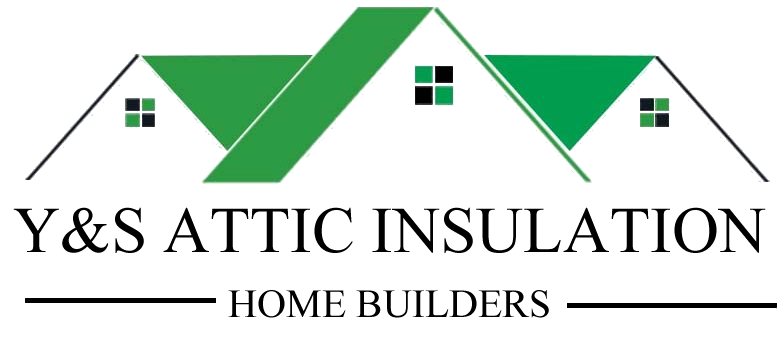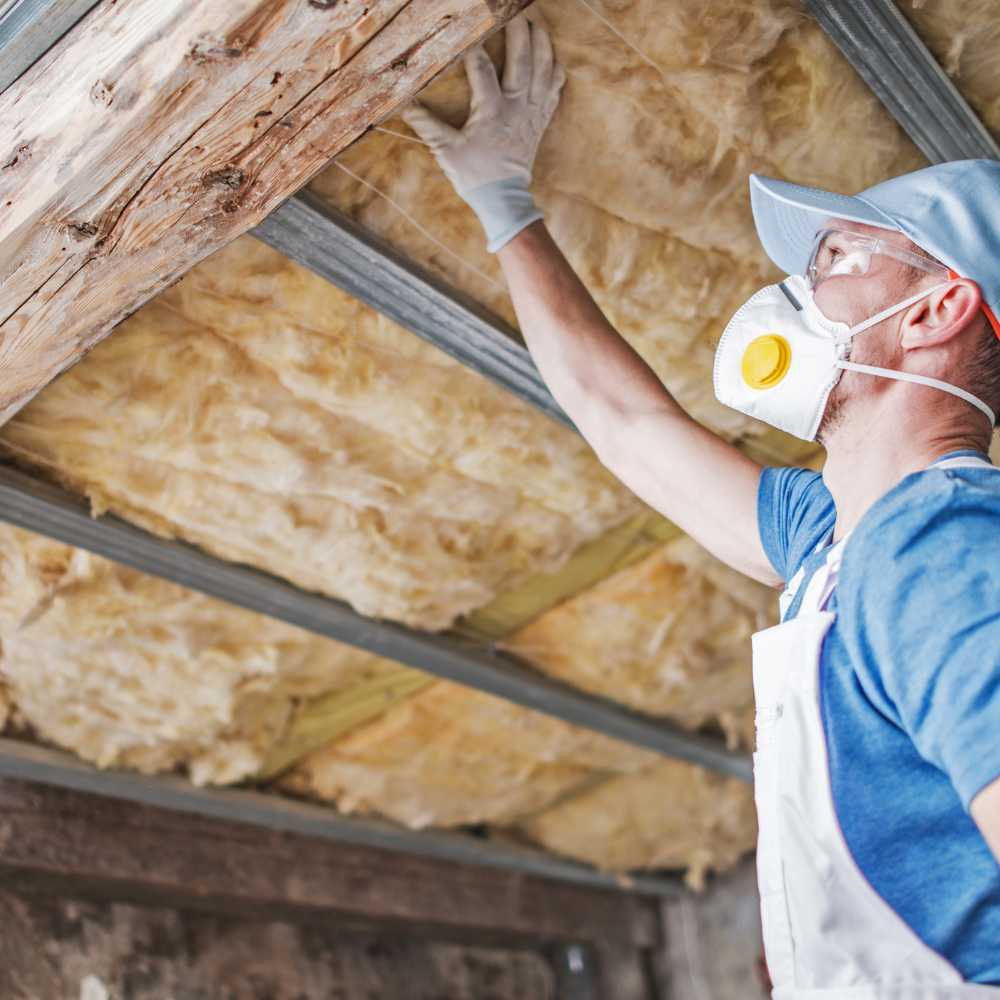Removing old or damaged insulation is essential for a home’s energy efficiency, comfort, and safety. This guide outlines safe insulation removal practices to protect individuals and preserve the home’s integrity.
Preparing for Insulation Removal
Proper preparation ensures a safe and efficient insulation removal process. Assess the insulation type—fiberglass, cellulose, or spray foam—each requiring different handling techniques. Wear protective gear: gloves, goggles, a dust mask or respirator, and disposable coveralls. Good ventilation is crucial to minimize dust and airborne particle exposure.
Understanding the Risks
Insulation removal exposes individuals to dust, mold, and chemical irritants. Homes built before the 1980s may contain asbestos in the insulation, posing significant health risks. Recognize these hazards and protect everyone involved. If you suspect asbestos or other hazardous materials, stop the DIY process and consult a professional removal service.
The Removal Process
The removal method depends on the insulation’s location and material. For loose-fill insulation, a specialized vacuum connected to a large bag is efficient and safe, containing the material and minimizing dust spread. For batt insulation, carefully roll or fold the material and place it in heavy-duty trash bags to avoid irritant exposure.
Disposal and Cleanup
Dispose of old insulation according to local waste management regulations, typically at a designated construction waste facility. After removal, clean the area with a HEPA-filter vacuum to remove residual dust and particles, making it safe for further work or habitation.
After Removal: What’s Next?
Post-removal, address any underlying issues like moisture, leaks, pest infestation, or air leaks before installing new insulation. Selecting the right insulation type is critical for improving energy efficiency and comfort. Consult professionals to determine the best options for your needs.
Safe insulation removal is vital for home maintenance. By adhering to these practices, the process can be safe and effective, preparing for the installation of new, efficient insulation. When uncertain, professional consultation or services ensure the best outcomes for home improvement projects.

